Photo Colorization: Understanding the Technology and Techniques
Photo Colorization is the process of adding color to black and white photos. This technology has been around for decades, but with the advent of deep learning, colorization has become increasingly accurate and efficient.
In this article, we will explore the history and technology behind photo colorization, as well as the various techniques used to add color to black and white images.
The History of Photo Colorization
The first color photograph was taken in 1861 by James Clerk Maxwell, but it wasn’t until the 1930s that color film became widely available. Despite this, black and white photography remained popular for many decades, and it wasn’t until the 1960s that color photography began to overtake it in popularity. With the rise of digital photography in the 1990s, black and white photography all but disappeared from the mainstream.
However, the demand for colorization never went away. In fact, it has grown in recent years with the increasing availability of digital tools and the growing popularity of nostalgia. Today, many organizations and individuals are colorizing old black and white photos for a variety of reasons, including historical preservation, art, and entertainment.
Styles of Photo Colorization
Photo colorization has revolutionized the way we experience old or black-and-white images. It involves adding colors to monochrome or faded photographs, breathing new life into them. In this article, we’ll explore three popular approaches to photo colorization:
- Accurate Colorization
- Artistic Colorization
- Mixed Colorization
Each method offers unique features and creative possibilities. Let’s dive in and discover more about these exciting techniques.
1. Accurate Photo Colorization
Accurate photo colorization focuses on faithfully recreating the original colors of a scene. Through meticulous research, historical references, and advanced algorithms, this approach aims to match the colors as closely as possible to the actual subjects.
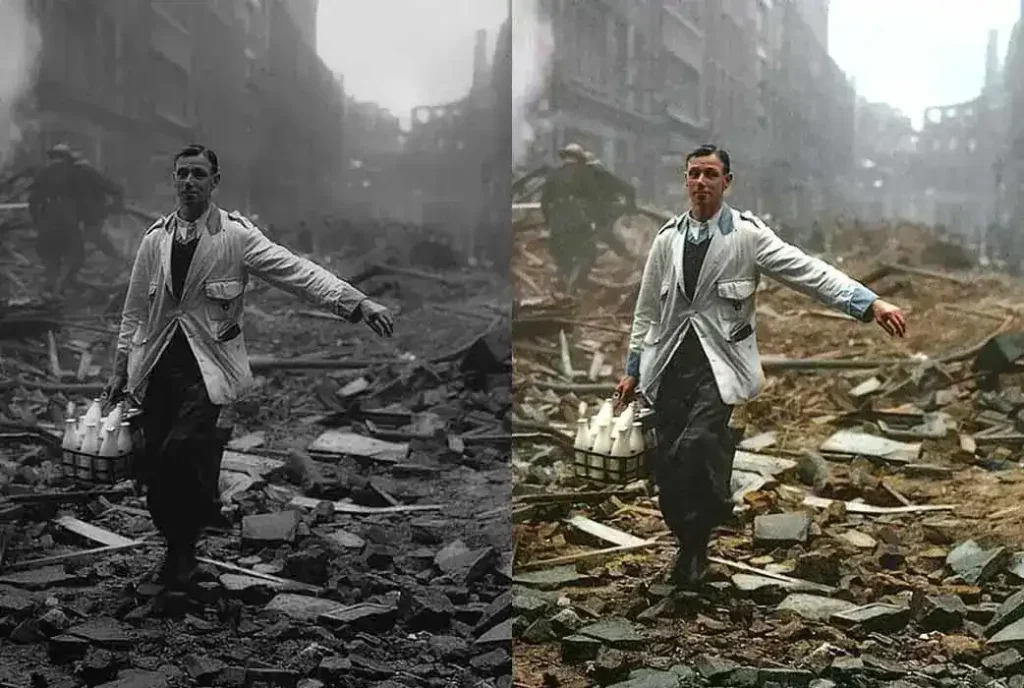
Accurate colorization is often used for historical preservation and documentary purposes.
- Authenticity: It provides a genuine representation of the original scene, delivering a realistic experience.
- Historical Preservation: Accurate colorization immerses viewers in history, allowing them to connect with the past on a deeper level.
- Limited Artistic Interpretation: Accurate colorization prioritizes replication over artistic alterations, which may be seen as a constraint for some.
Colorization that is historically accurate provides people with a higher level of authenticity. While some people prioritize accuracy above all else, others don’t care as much as long as the colorized photo looks nice, so let’s learn about artistic colorization too.
2. Artistic Photo Colorization
Artistic photo colorization takes a subjective and imaginative approach. Artists have the freedom to enhance or modify colors to evoke emotions, create specific atmospheres, or add a personal artistic touch.
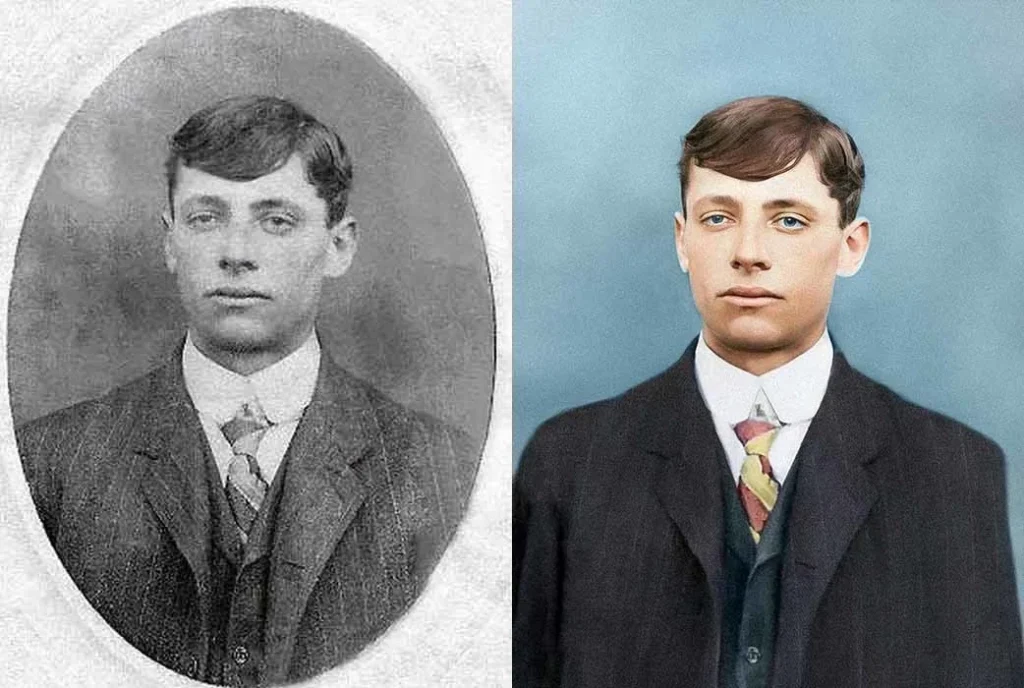
This method is often used in storytelling, photo manipulation, and creative projects.
- Creative Expression: Artists use color to convey mood, nostalgia, or enhance visual impact, adding their unique touch to the image.
- Interpretation: Artistic colorization allows for personal creativity and vision, resulting in visually captivating and imaginative compositions.
- Flexibility: Experimenting with different color palettes and styles leads to visually striking and diverse outcomes.
- Departure from Reality: Artistic colorization may deviate from the original colors, which may not be suitable for those seeking historical accuracy.
- Subjectivity: Artistic interpretation may not resonate with everyone’s preferences and tastes.
This method of photo colorization is diametrically opposed to accurate colorization. Artists who love that style are not concerned with preserving originality, but rather with producing the best-looking results, even if they are far from original.
As with previous styles, some people adore it, while others despise it. Both styles have something unique and wonderful about them, and as a result, a mixed type of colorization was created.
3. Mixed Photo Colorization
Mixed photo colorization strikes a balance between accuracy and artistic expression. This approach maintains the essence of the original scene while allowing for some creative interpretation.
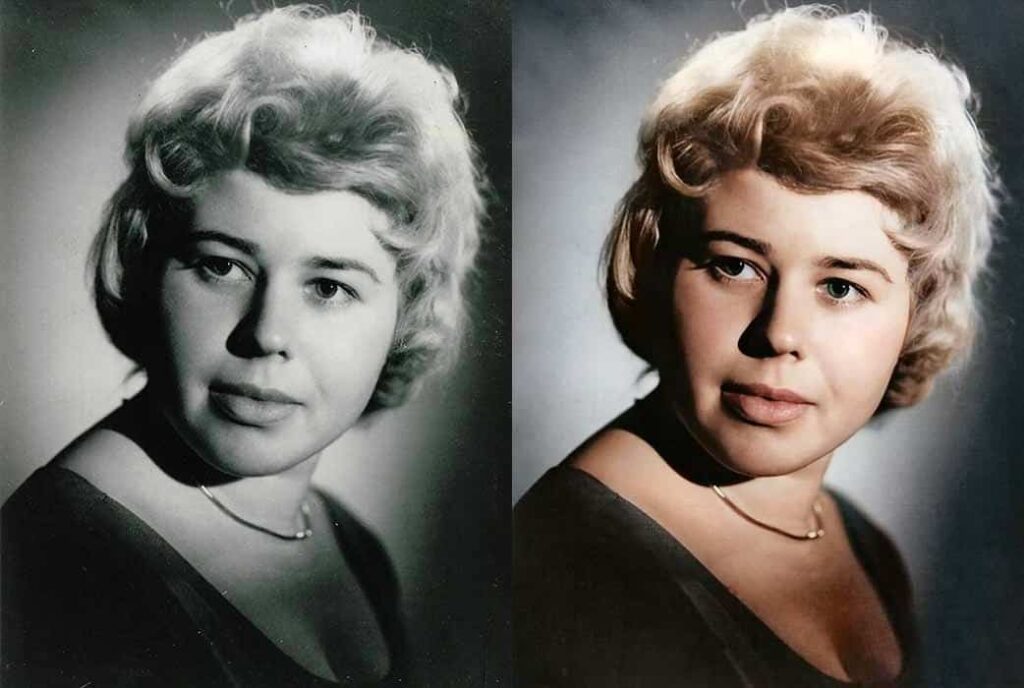
The result is visually appealing, engaging, and versatile colorized images.
- Historical Accuracy with Artistic Flair: Mixed colorization combines accurate replication and creative freedom, resulting in visually appealing and informative images.
- Engaging and Memorable: Retaining the authenticity of the original scene while incorporating artistic enhancements creates captivating visuals that leave a lasting impression.
- Versatility: Mixed colorization can be applied to various purposes, including historical documentaries, art exhibitions, or personal projects.
- Finding the Right Balance: Achieving a harmonious blend of accuracy and artistic expression requires skill and expertise.
It has the best of both worlds. The mixed colorization style is historically accurate with the most important details of images, while still allowing the artist to use some artistic interpretation on the least important details to make the image look better while remaining true to the moment that was captured on it!
The Technology Behind Photo Colorization
Now that we’ve learned about the artistic approaches used to colorize old photos, we can move on to the technical side of things. Before we go any further, you should be aware that there are a plethora of them. To make things easier, let’s divide photo colorization into three major categories:
- Manual Photo Coloration
- AI Photo Colorization
- Combined Photo Colorization
To avoid any confusion with photo colorization styles, we named the third type “Combined,” though field experts frequently refer to it as “Mixed.” Names of these types are quite self explanatory, so let’s dive deeper.
Manual Photo Colorization
Manual photo colorization is the process of adding color to black and white photographs by hand, rather than using an algorithm or software.
In the past this technique was done using traditional art materials such as paint, colored pencils, or airbrushing. Nowadays, with the “manual colorization” people are referring to process of colorization with the help of digital tools like Photoshop, not physical art supplies.
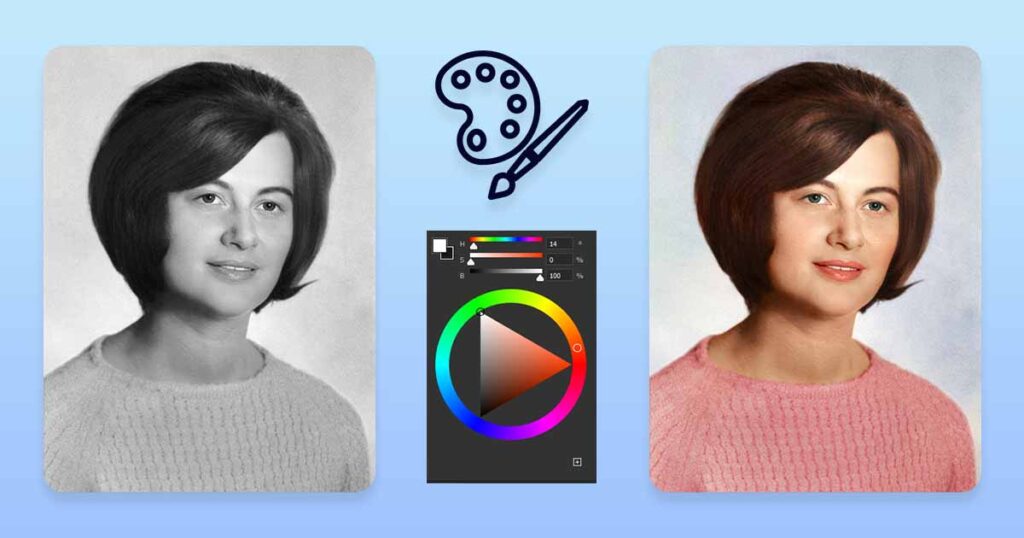
Manual photo colorization is a time-consuming and labor-intensive process that requires a great deal of skill and attention to detail. Artists must have a good understanding of color theory and the relationships between different colors. They must also have a good eye for detail and the ability to match colors to the original tones and hues of the photograph.
The manual colorization process typically begins by scanning or digitizing the original black and white photograph, after that the artist will create a new layer on a software such as Photoshop and start adding color on it.
They will select colors for different areas of the photograph, such as skin tones, clothing, and background, and use these colors to guide the colorization process.
Advantages and Disadvantages
Overall, manual photo colorization is a technique that can be used to achieve highly detailed and realistic results, but it is also a more demanding technique for the artist, and the final result depends on the skill and style of the artist himself.
Advantages of manual photo colorization include:
- Manual colorization allows the artist to make decisions about the colors and tones used, which can result in a more pleasing or stylized final image. This applies particularly for vintage or historical images where trying to keep the accuracy of the original photograph is important.
- Manual colorization gives the artist the freedom to add creative elements that might not be possible with automatic colorization techniques, such as special effects or lighting.
- In cases where the original colors of a black and white image are unknown, manual colorization allows the artist to use their own research and judgement to create a more historically accurate representation of the image.
- The manual colorization process allows the artist to personalize the image, creating a unique and one-of-a-kind picture.
Disadvantages of manual photo colorization include:
- Manual colorization can be a labor-intensive process, especially for large images or images with a lot of fine detail.
- Because the colorization is being done by hand, there is a greater potential for mistakes or inconsistencies in the final product.
- Depending on the skill and experience of the artist, manual colorization can be quite costly, making it less accessible for many individuals or organizations.
- The final outcome may be subjective, the artist’s interpretation of the color may not match with others.
AI Photo Colorization
AI Photo Colorization is achieved through the use of algorithms that are designed to add color to black and white images. The process of colorization can be divided into two main stages: semantic understanding and pixel-level colorization.
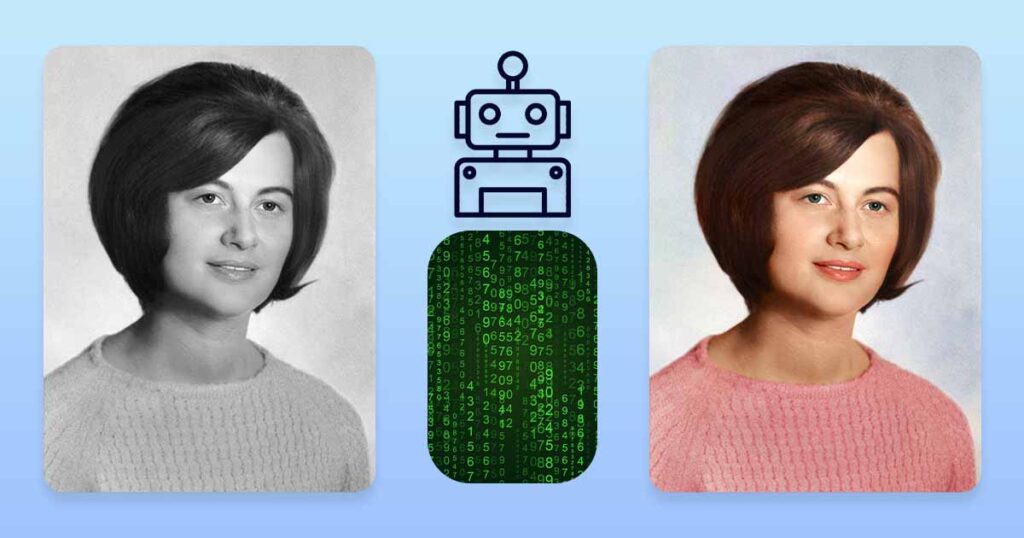
In the first stage, the algorithm must understand the content of the image. This is done by analyzing the image and identifying different objects, such as people, buildings, and landscapes. Once the algorithm understands the content of the image, it can then begin to add color.
The second stage is where the colorization takes place. During this stage, the algorithm will use a combination of techniques to add color to the image. These techniques include:
Color propagation
The first technique is color propagation. Color propagation involves taking a colored pixel and propagating its color to adjacent pixels that are not yet colored. This technique is useful for images that lost or never had colors only in some areas.
For example, pictures that partially lost their color due to effects of sunlight UV radiation, or simply speaking photos that was burned out by sunlight for a prolong period of times, are the photos that can re colored back with this technique.
Texture synthesis
Texture synthesis involves using the texture of a colored image to guide the colorization of a black and white image. For example, if there is a texture of a leaf in a colored image, the algorithm will use that texture to guide the colorization of a leaf in a black and white image.
Example-based colorization
Example-based colorization involves using a database of colored images to guide the colorization process. The algorithm will match the textures and patterns in the black and white image to those in the colored images in the database to determine the most likely colors for the different regions.
Deep learning
Deep learning is the last, newest and the most advanced technique for colorization, it’s based on convolutional neural networks that have been trained on a dataset of colored images. The algorithm will analyze the image and use its knowledge of the dataset to infer colors on the black and white image
Advantages and Disadvantages
Even thought this approach for photo colorization is new, speed-effective and machine driven, it still not perfect, let’s compare.
Advantages:
- It allows to bring new life to old black and white photos by adding color to them.
- It can be used to enhance the visual appeal of historical photos and make them more engaging for viewers.
- It can be used to restore faded or damaged color photos.
- AI algorithms can make the colorization process faster and more efficient than traditional methods.
Disadvantages:
- The colors added by AI algorithms may not be entirely accurate, as the technology is not yet able to fully understand the context and colors of the scene.
- It might introduce errors, like unrealistic colors, or color inconsistency between different parts of image.
- It could be costly for some business.
- It may not work well for certain types of images, such as those with very low resolution or high levels of noise.
Combined Photo Colorization
Photo Colorization with the mix of manual work and AI tools is a technique that combines the benefits of both manual colorization and AI-based colorization. This technique involves using AI tools such as deep learning algorithms to assist in the colorization process, but with the final touch of a human touch.
The process typically begins by training an AI model on a dataset of colored images. Once the model is trained, it can be used to generate a preliminary colorization of a black and white photograph. This preliminary colorization is then used as a starting point for the manual colorization process.
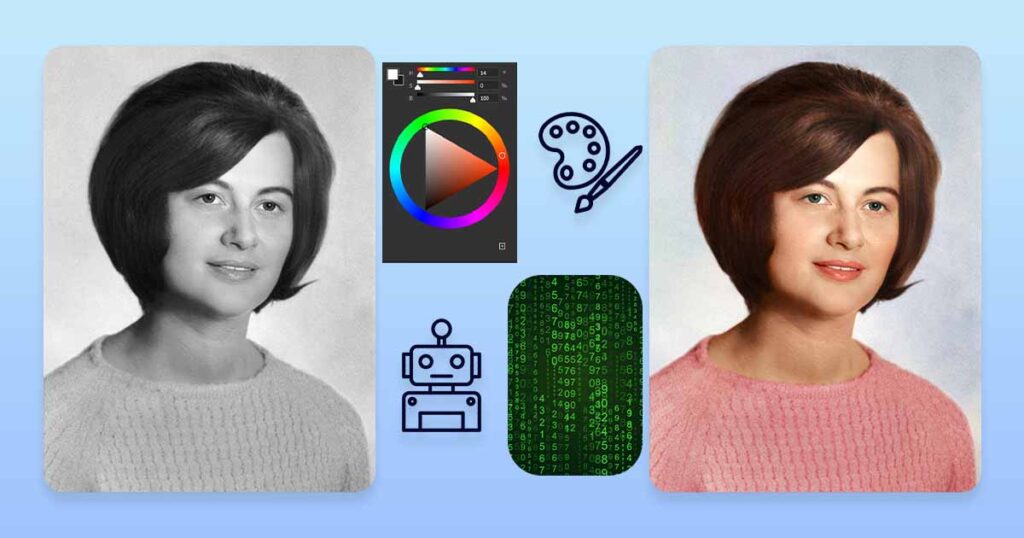
The artist can then use their knowledge of color theory and their own artistic interpretation to fine-tune the colors of the image. They may also use techniques such as painting or airbrushing to add more detail and realism to the final result. By using AI as a starting point, the artist is able to achieve a more accurate and consistent result with less work.
This technique allows for a more efficient workflow, as the AI model can handle the initial colorization process, which is time-consuming and requires a lot of skill. However, the final touch of a human eye and creativity ensures that the result is realistic, accurate and respect the context and historical significance of the photo.
Overall, this technique is a combination of the best of both worlds, it allows for more efficient and accurate results, but also provides the artistic interpretation and creativity of a human being, making the final result more appealing and satisfying to the clients.
Advantages and Disadvantages
Mixed approach of photo colorization picks best of both worlds, to eliminate disadvantages of previous methods, but still have their advantages.
Advantages:
- Use of AI colorization can speed up the colorization process by handling basic colorization tasks, leaving the artist more time to focus on creative and fine-tuning aspects of the image.
- By using AI to generate initial colorization, the artist can spend more time focusing on making adjustments and fine-tuning the final image, which can lead to a more accurate and pleasing final result.
- Mixed colorization allows the artist to take advantage of the strengths of both manual and automatic colorization techniques, which can result in a more polished and high-quality final image.
Disadvantages:
- The artist may depend on the AI algorithm’s output, so the final outcome may be limited by the quality of the algorithm’s output or its ability to fully understand the context of the image.
- The mixed process can be complex and may require a certain level of skill and expertise to operate and interpret the AI-generated colorization. It may be challenging for some artists to know when to trust the AI and when to manually adjust the result.
Conclusion
Photo colorization service is a powerful tool that allows us to bring old black and white photos back to life. The technology behind photo colorization has come a long way in recent years, and with the advent of deep learning, the process has become more accurate and efficient than ever before. Whether you’re a historian, artist, or just someone who loves nostalgia, photo colorization is a great way to add a new dimension to your black and white photos.
Let Us Colorize Your Photos
✔ Professional Photo Colorization
✔ Fast Delivery (1-4 Business days)
✔ Low Price Without Taxes or Fees
✔ Unlimited Free Revisions
✔ Satisfaction Guarantee
LEARN MORESubscribe to Newsletter
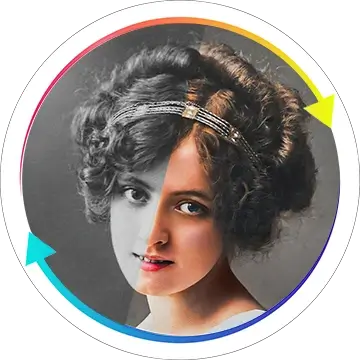

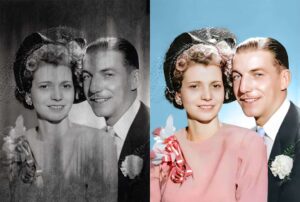
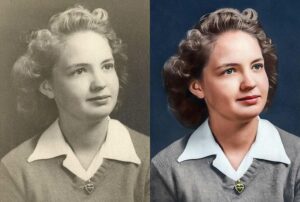
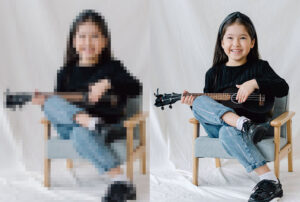

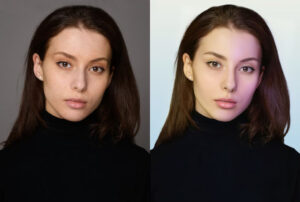

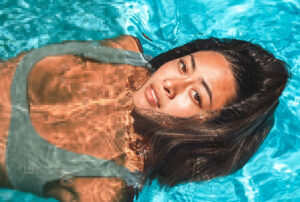
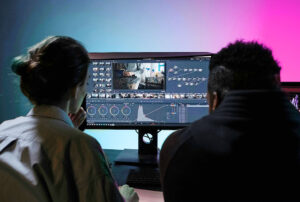



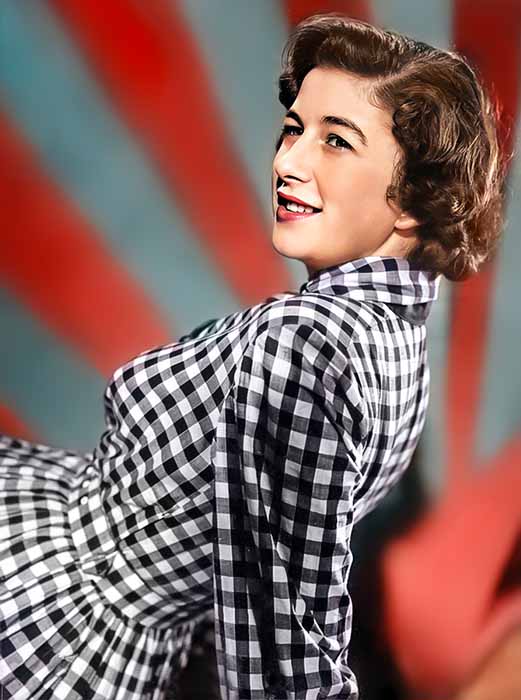
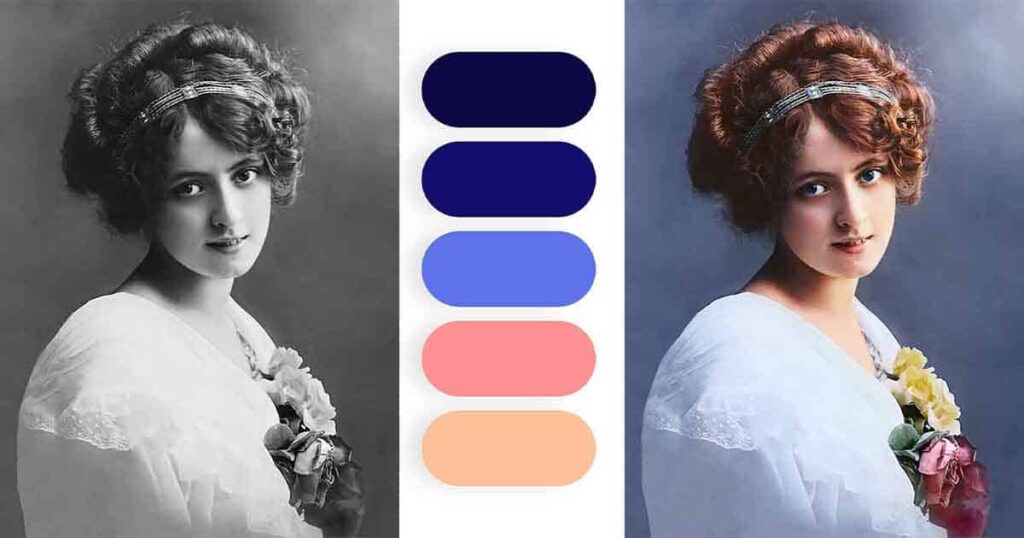
FAQ – Photo Restoration and Colorization Services
Do you have any questions about your old photographs? This [...]
Aug
What is Photo Colorization and How Does It Work?
You have heard about it multiple times, but still don't [...]
Jan
How Much Does Photo Restoration Cost? Factors That Affect Pricing
Wondering how much photo restoration costs? Prices can range from [...]
Aug
How To Colorize Black & White Photos: Photoshop Tutorial 2025
Detailed tutorial to teach you how to colorize your black [...]
Jun
How to Pick the Best Online Photo Restoration Service?
Are you looking to restore old and damaged photos? We [...]
Jan
Types of Damage for Photo Restoration: What Can Be Restored?
Learn everything you need to know about types of damage [...]
Jan
How Photo Restoration Artists Pick Colors for Colorization
How do people turn black-and-white photos into color? Are they [...]
Jan
Photo Editing vs Restoration: What’s The Difference?
You have heard about both photo editing and photo restoration [...]
Dec
Cracks in Old Photos: How to Save Your Precious Pictures?
Discover expert tips and solutions to restore old photos damaged [...]
Jul
Why Should You Restore Old Photos?
Found some old and damaged photos at home? Not sure [...]
Dec
The History of Photo Restoration 2025
Discover the rich history of photo restoration, a practice dating [...]
Dec
How to Digitize Photos With Phone at Home? Easy Guide!
Do you have photos and want to make them into [...]
Dec